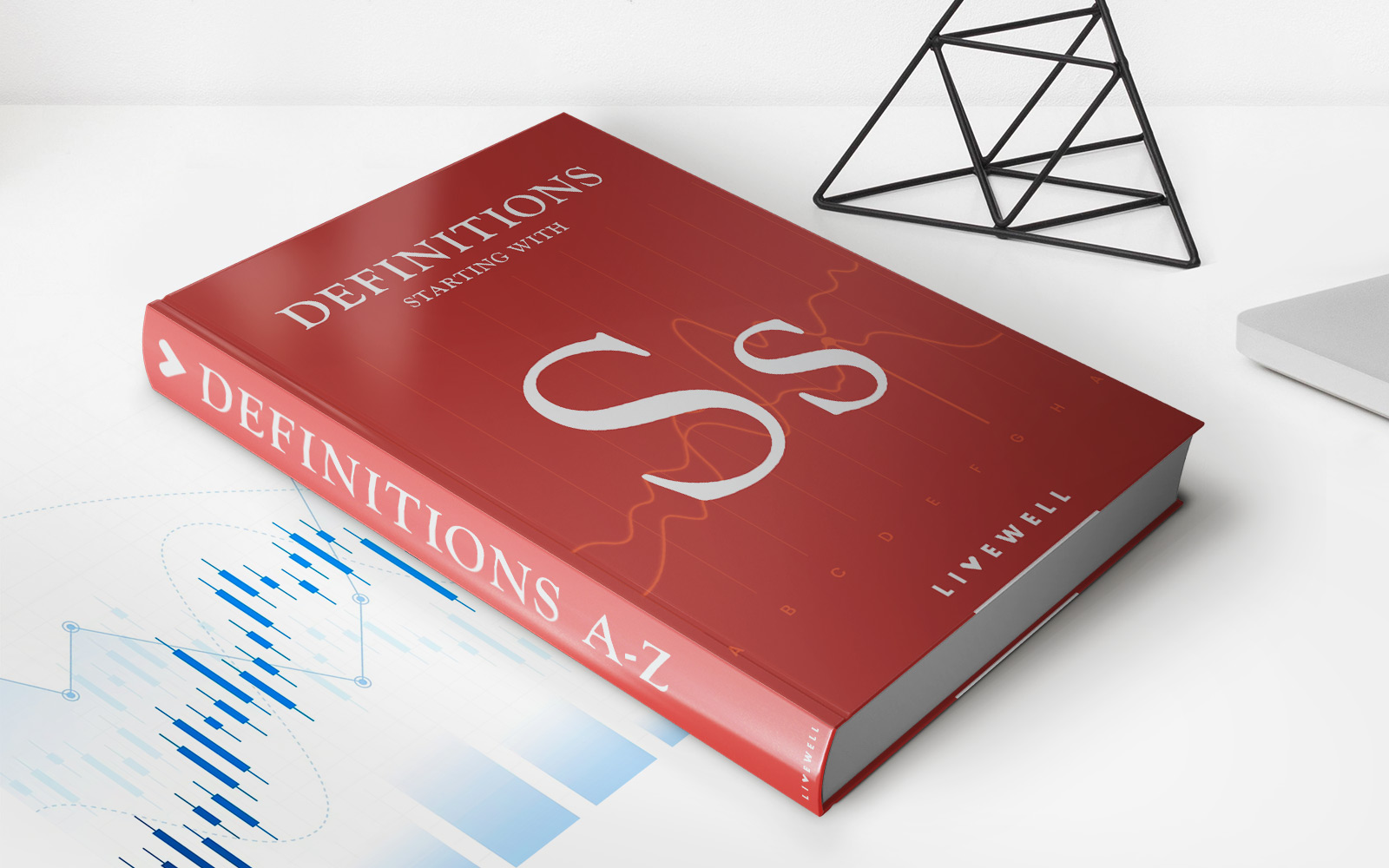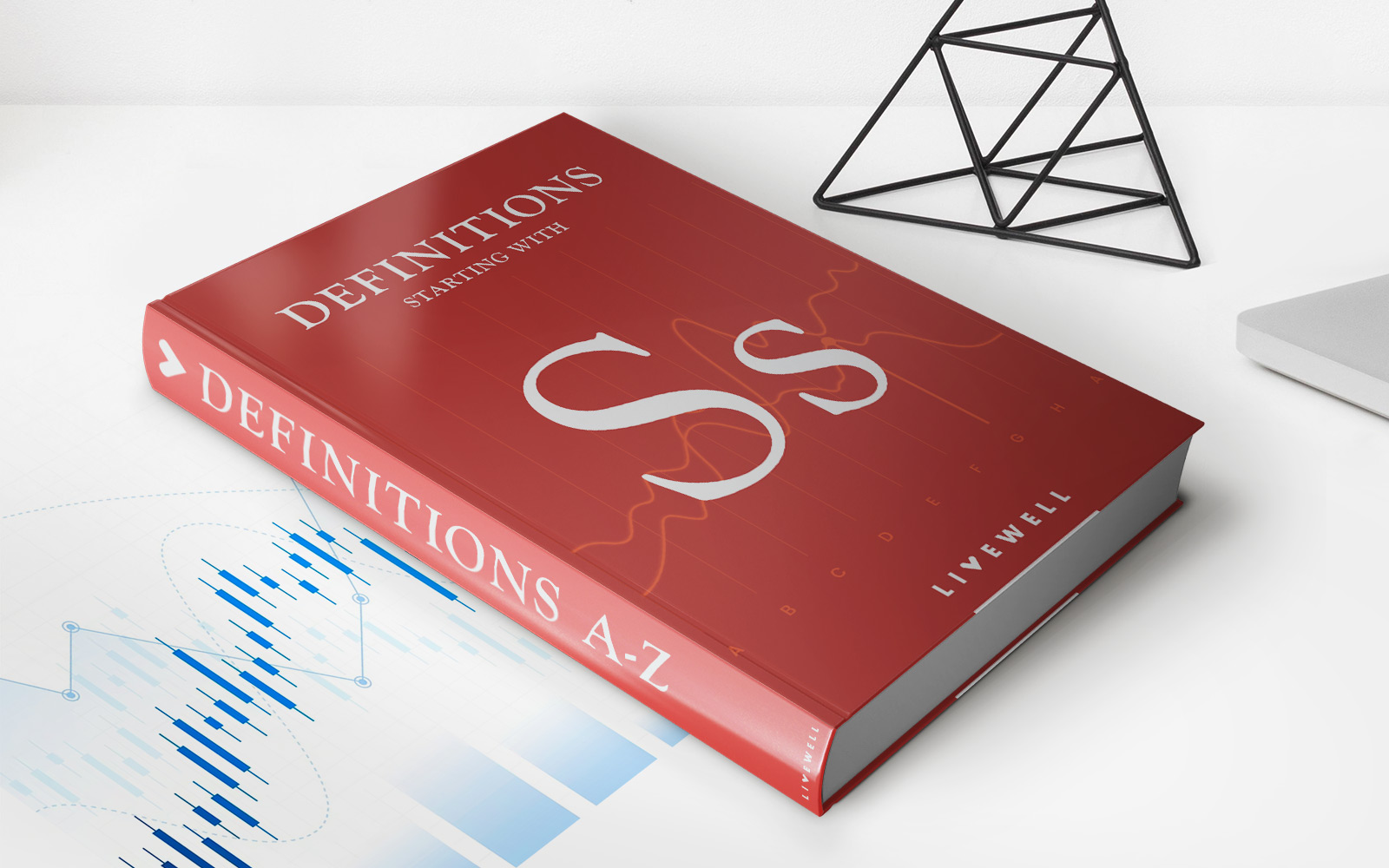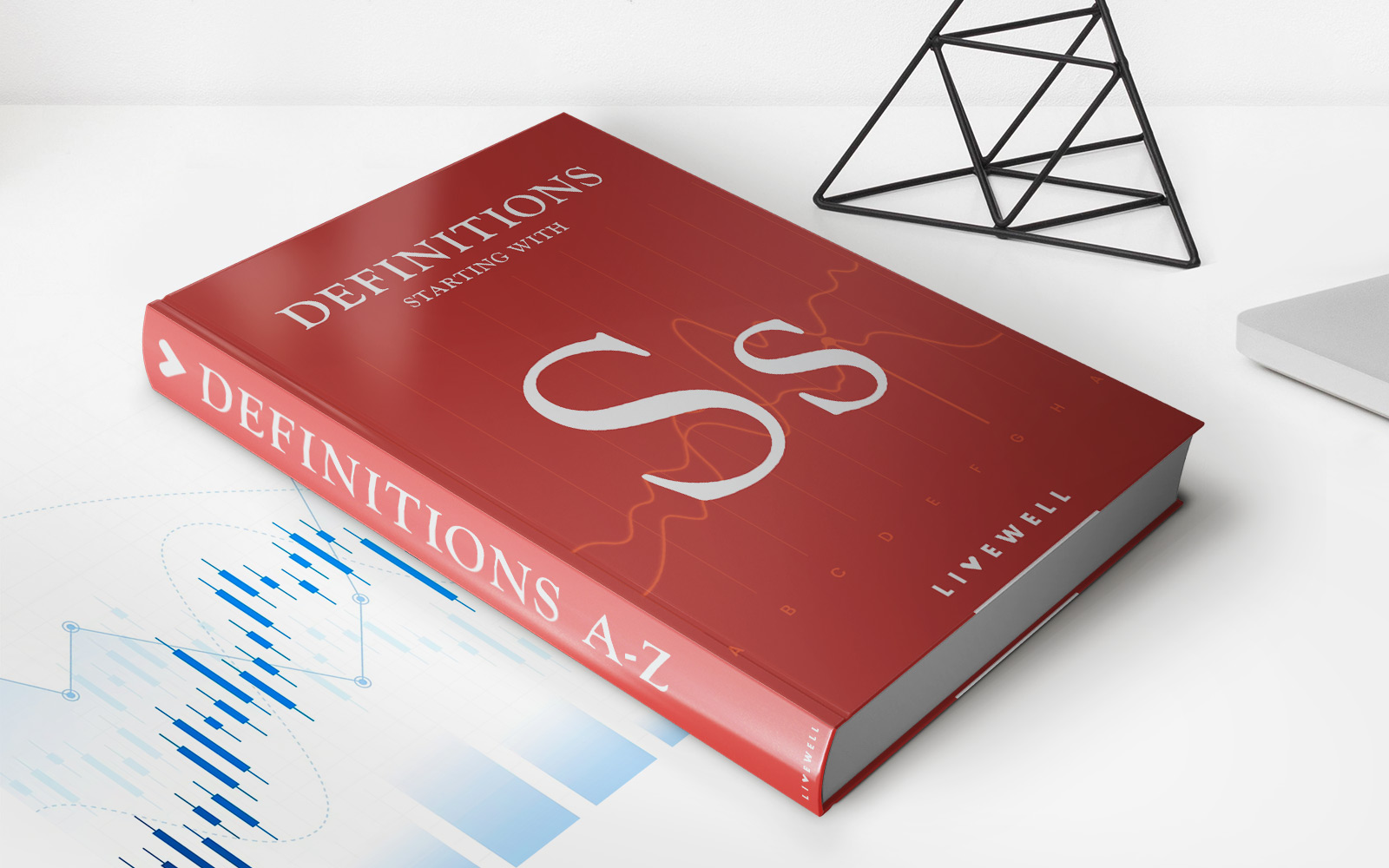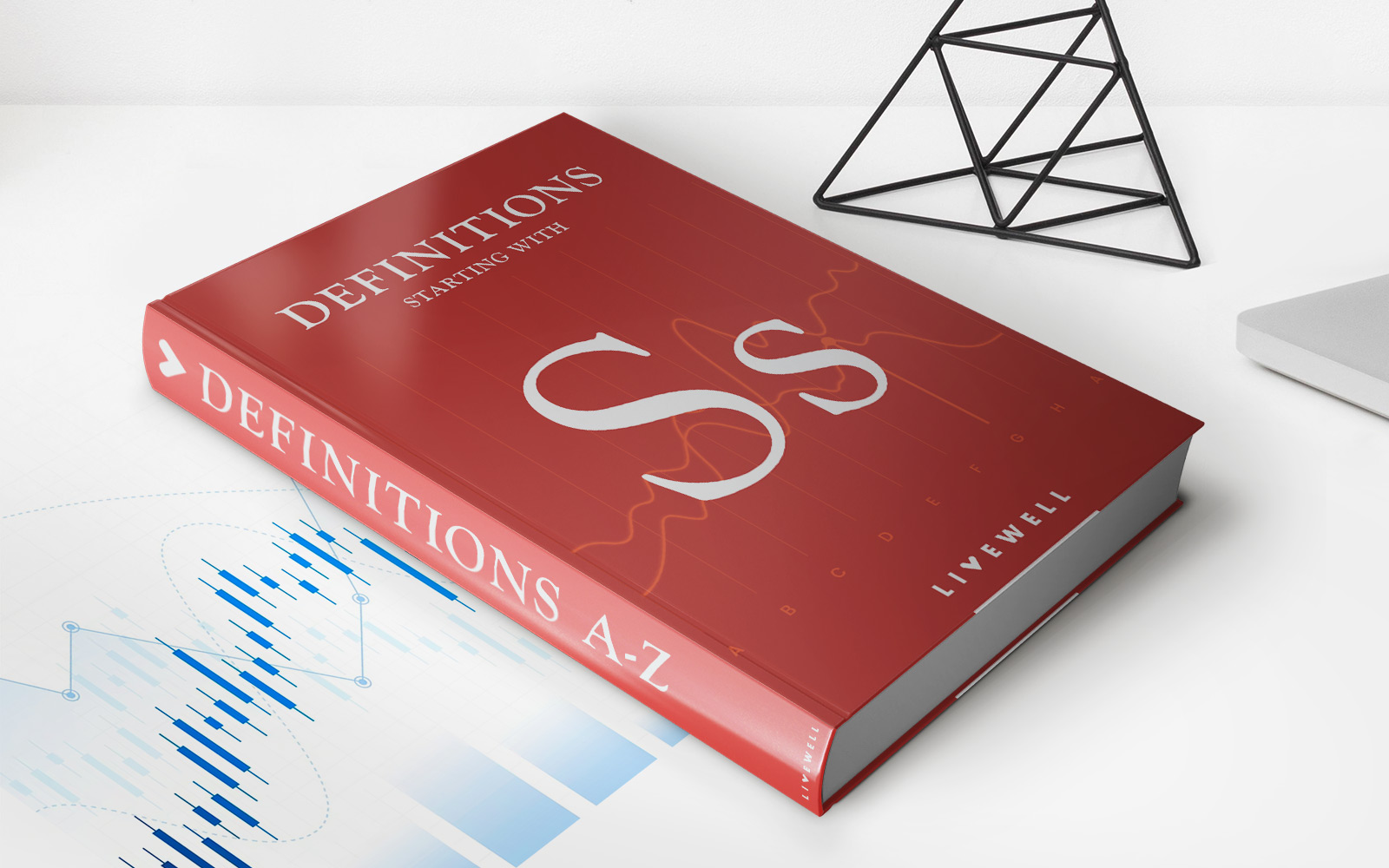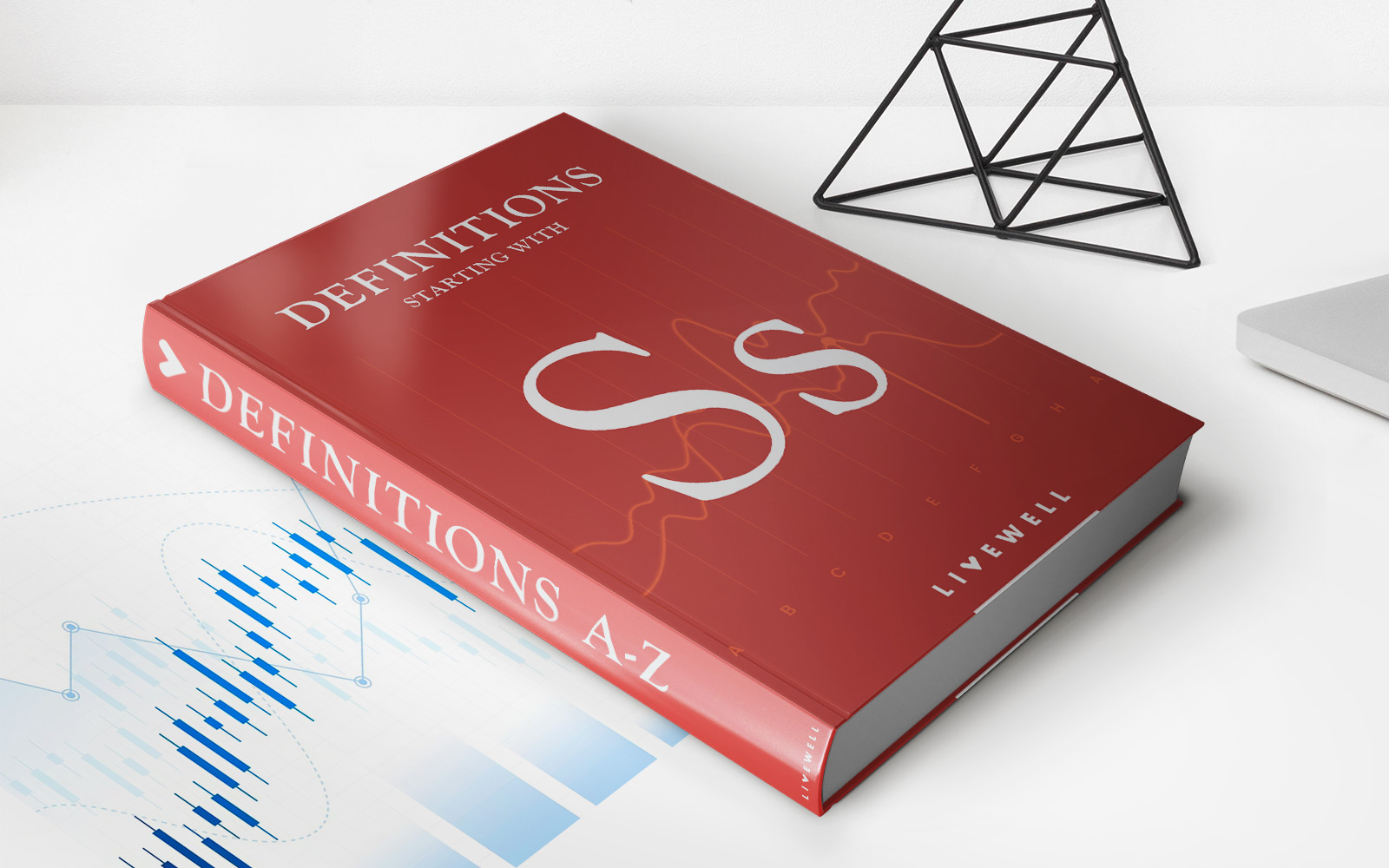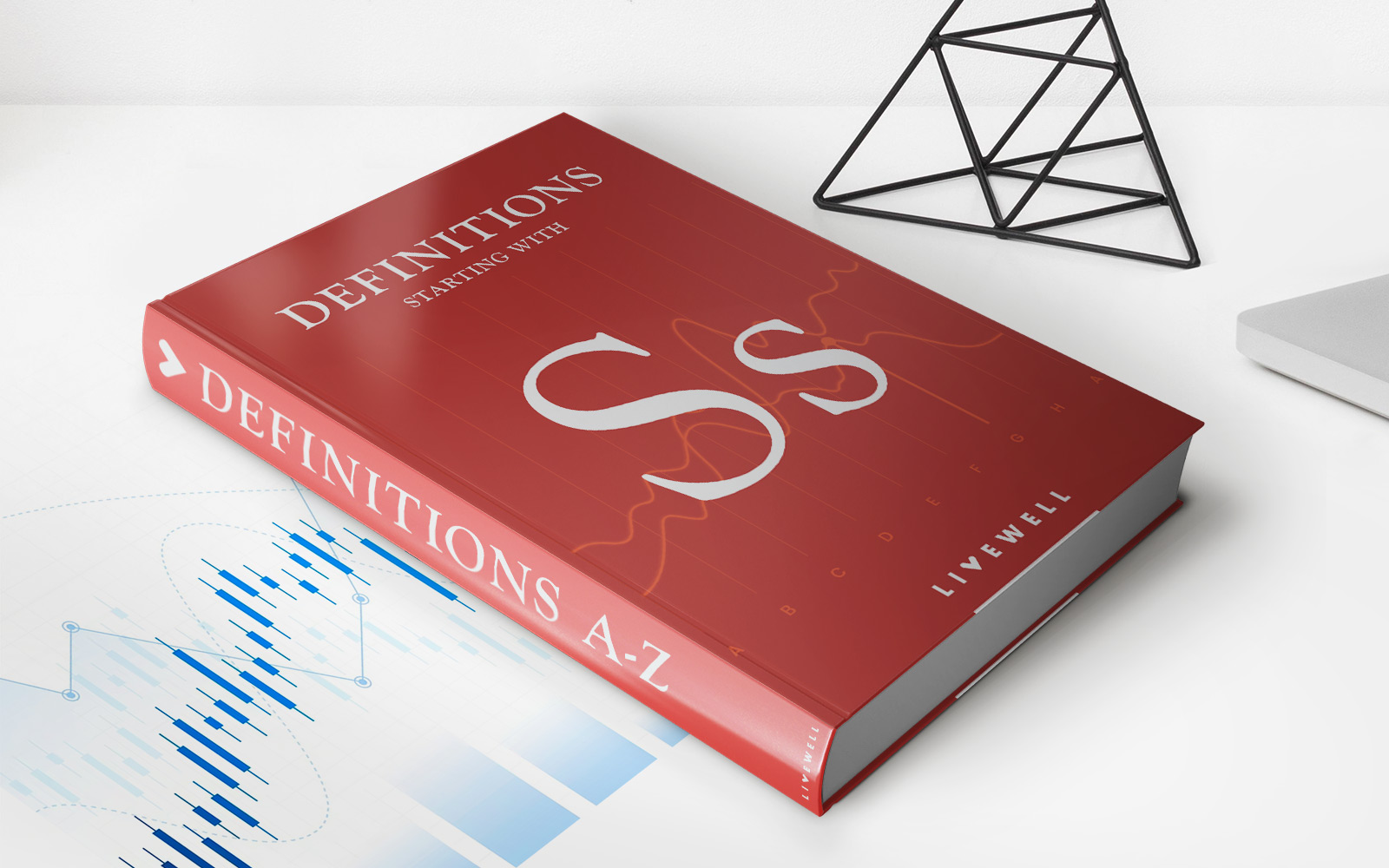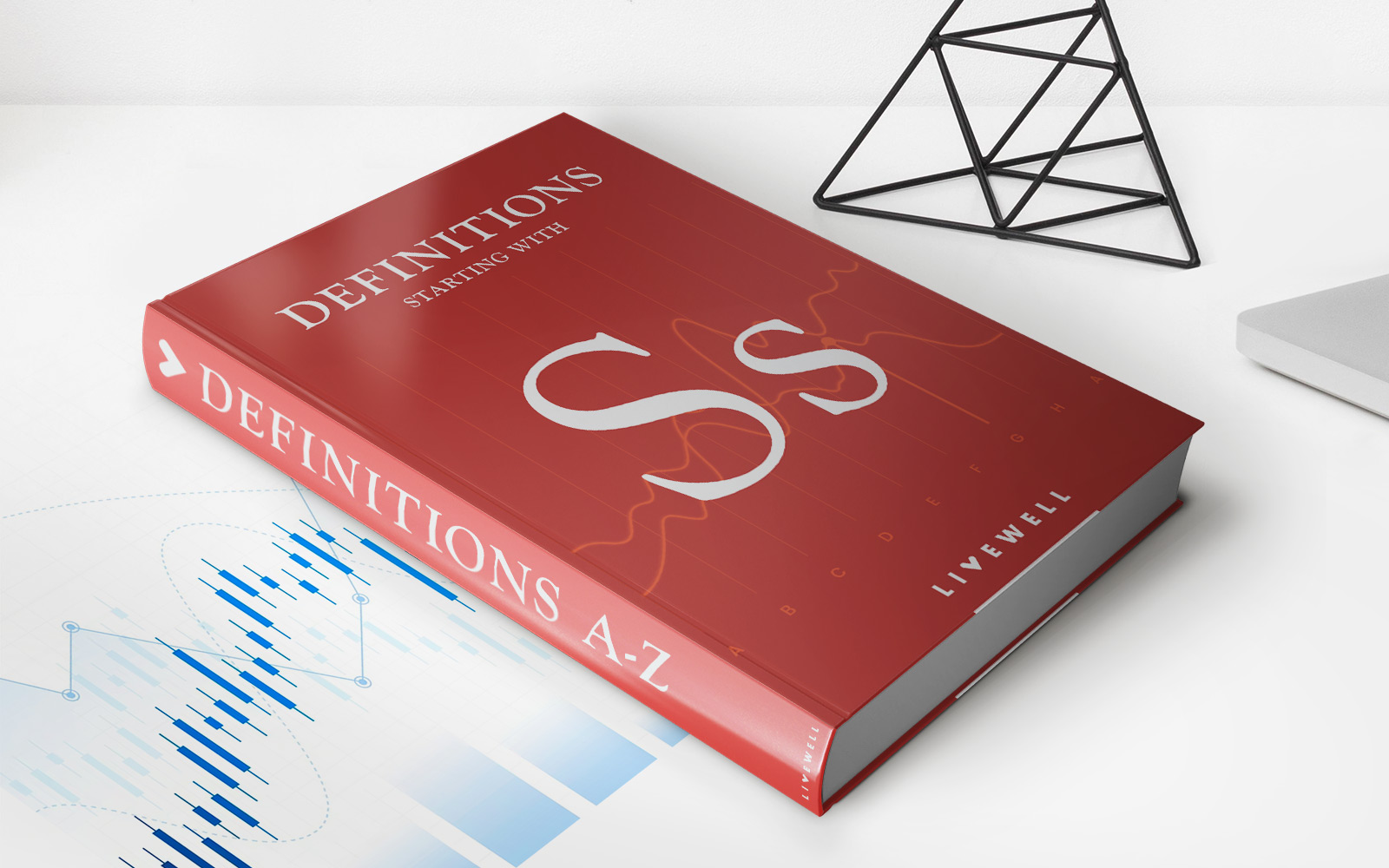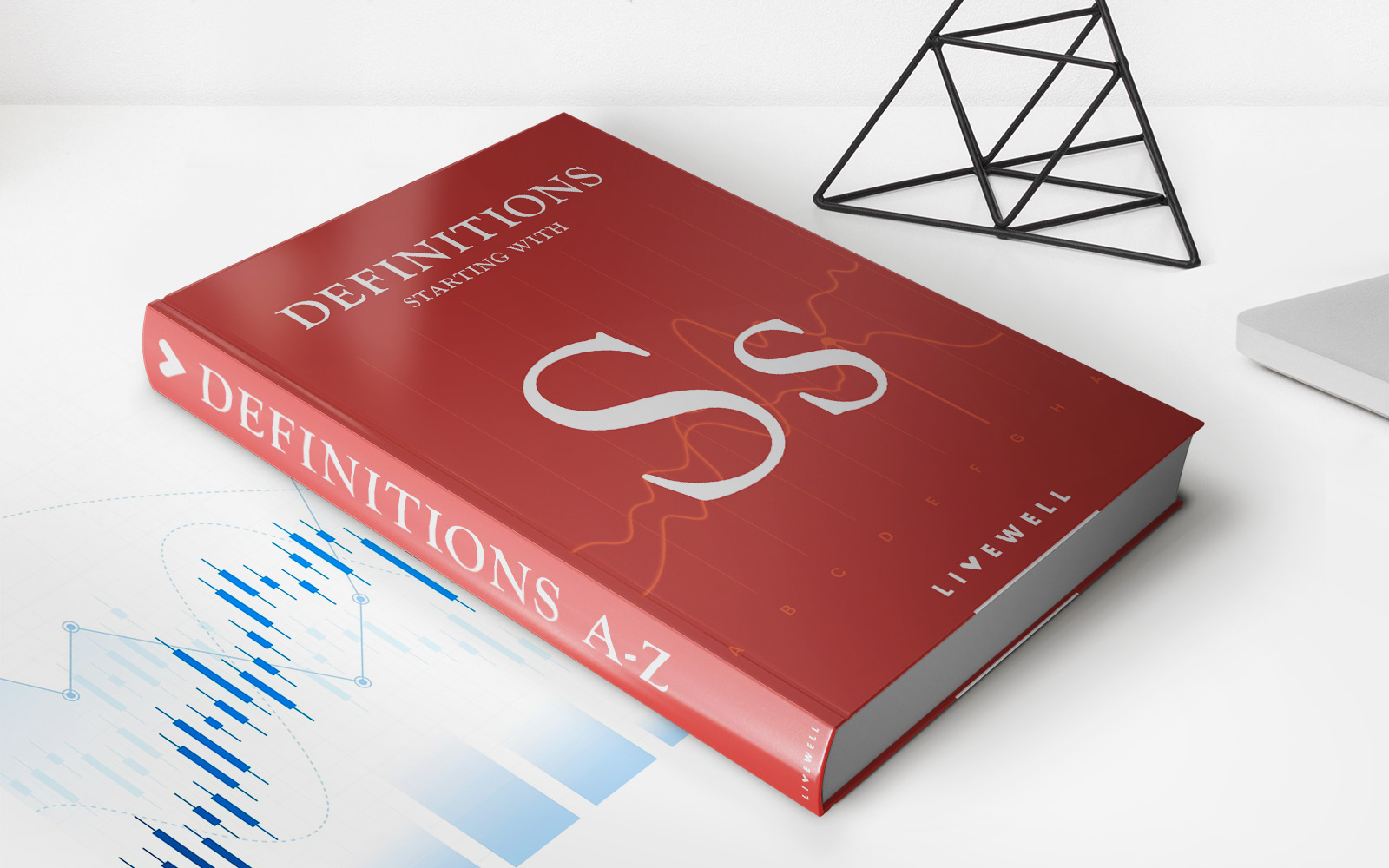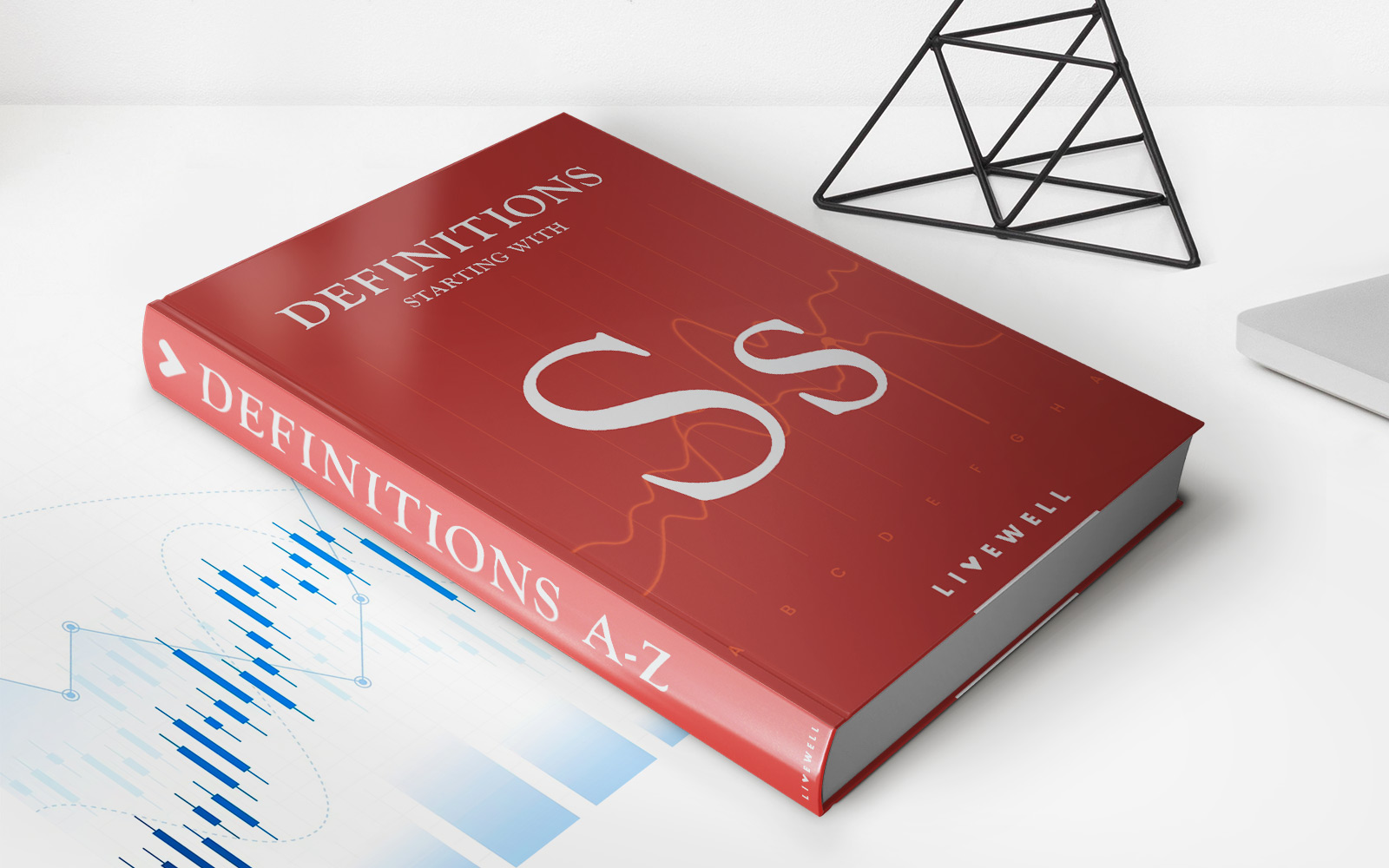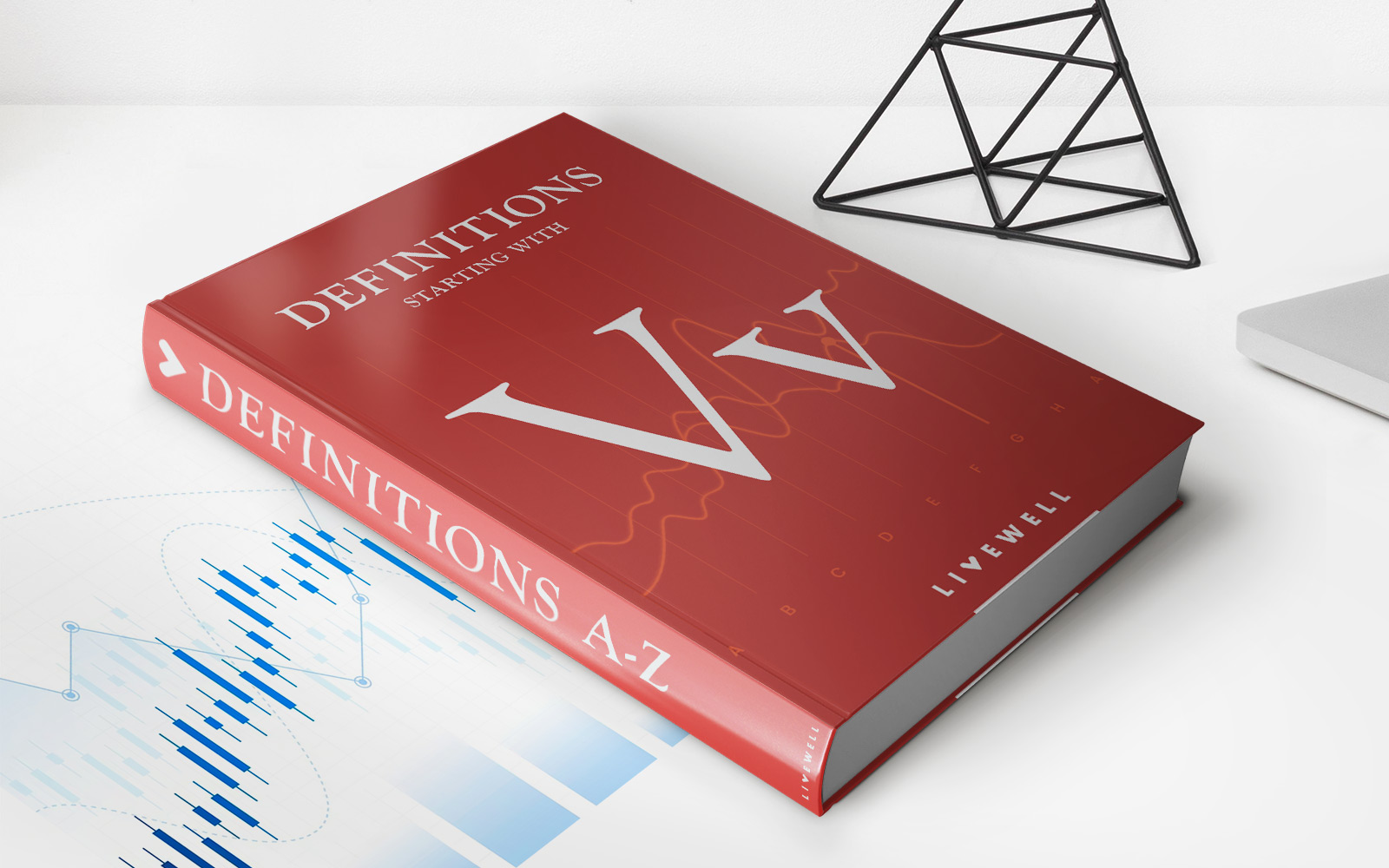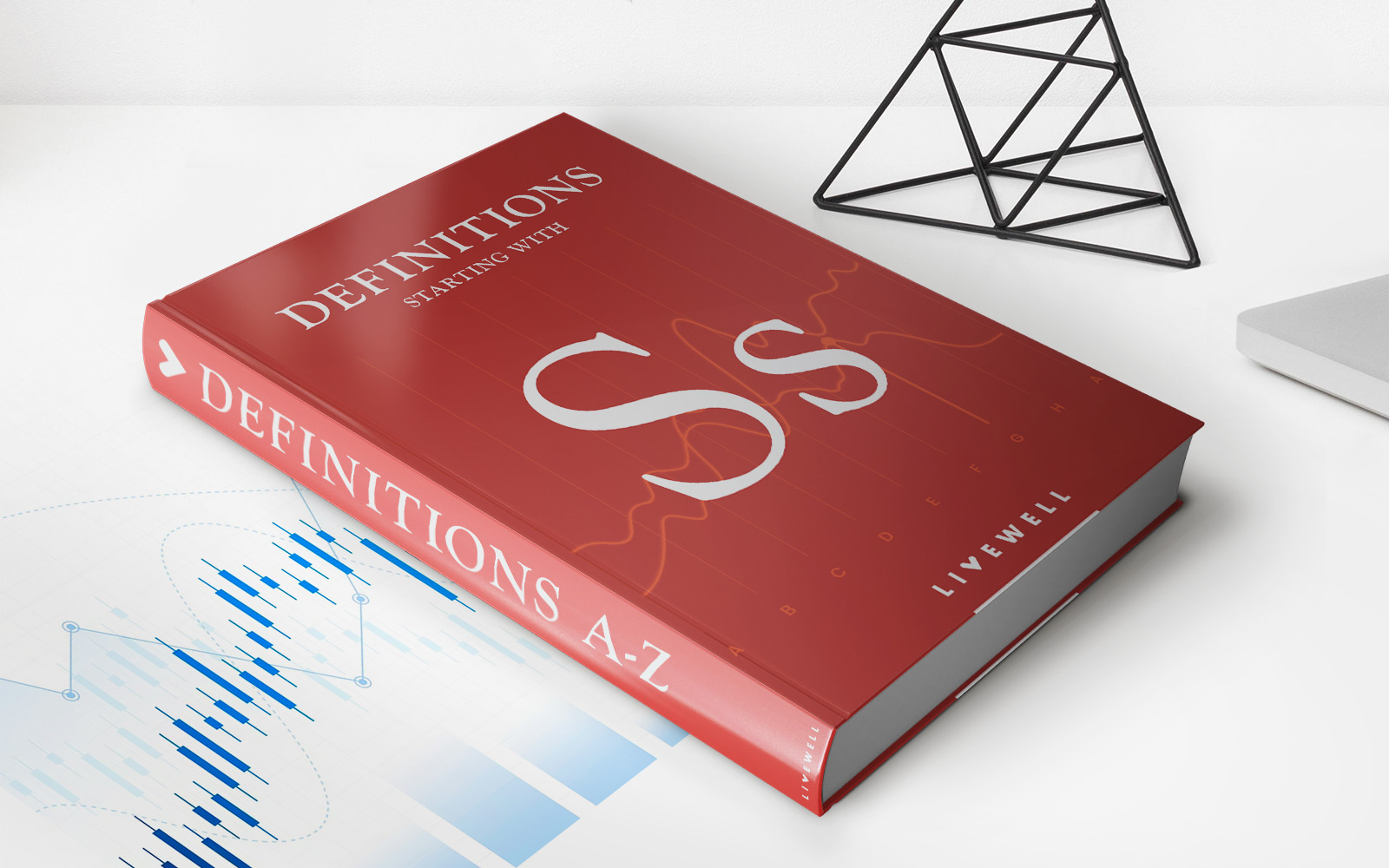

Finance
SEC Form 10-KT Definition
Published: January 24, 2024
Learn about SEC Form 10-KT and its definition in finance. Gain insights into financial reporting requirements and compliance obligations.
(Many of the links in this article redirect to a specific reviewed product. Your purchase of these products through affiliate links helps to generate commission for LiveWell, at no extra cost. Learn more)
Understanding SEC Form 10-KT: A Guide to Financial Disclosures
When it comes to investing, knowledge is power. And one of the key pieces of information investors look for before making any investment decision is a company’s financial health. Fortunately, the U.S. Securities and Exchange Commission (SEC) requires publicly traded companies to disclose their financial information through various forms. One such form is the SEC Form 10-KT, which provides an in-depth overview of a company’s financial condition and operations.
Key Takeaways:
- SEC Form 10-KT is a quarterly filing required by the U.S. Securities and Exchange Commission.
- It provides detailed information about a company’s financial condition and operations.
Now let’s dive deeper into the specifics of SEC Form 10-KT and what information it entails.
What is SEC Form 10-KT?
The SEC Form 10-KT, also known as the Transition Report Pursuant to Section 13 or 15(d) of the Securities Exchange Act of 1934, is a quarterly filing required by the SEC from companies with a fiscal year-end other than December 31st. It serves as a transitional report between a company’s annual report (SEC Form 10-K) and provides updated financial information for investors.
SEC Form 10-KT must be filed within 45 days after the end of the fiscal quarter. It contains similar information to the annual report but focuses on changes that have occurred since the filing of the previous year’s 10-K or 10-Q. This includes updates on the company’s financial statements, business operations, risk factors, legal proceedings, and management’s discussion and analysis (MD&A).
What Information is Included in SEC Form 10-KT?
An SEC Form 10-KT filing is a comprehensive document that provides potential investors with a detailed understanding of a company’s financial statements and overall health. Here are the key sections you can expect to find in a Form 10-KT:
- Financial Statements: This section includes the company’s balance sheet, income statement, statement of cash flows, and notes to the financial statements. It gives investors an overview of the company’s financial performance and position.
- Management’s Discussion and Analysis (MD&A): The MD&A section provides management’s perspective on the company’s financial condition, results of operations, and liquidity. It helps investors gain insight into the company’s performance and potential risks.
- Risk Factors: Here, companies are required to disclose any risks that may materially affect their financial condition or operations. This allows investors to make informed decisions by considering potential risks.
- Legal Proceedings: Companies must disclose any pending or ongoing legal matters that could have a significant impact on their financial position. This section helps investors assess potential legal risks.
- Corporate Governance: This section provides information about a company’s board of directors, executive compensation, and other corporate policies. It gives investors insights into the company’s leadership and governance practices.
Conclusion
Knowing how to navigate through financial disclosures is essential for any investor. SEC Form 10-KT provides a comprehensive overview of a company’s financial condition and operations, helping investors make informed decisions. By analyzing the information provided in the form, investors can gain insights into a company’s financial performance, potential risks, and overall health. So the next time you’re considering an investment, be sure to review the company’s SEC Form 10-KT to better understand its financial standing.
